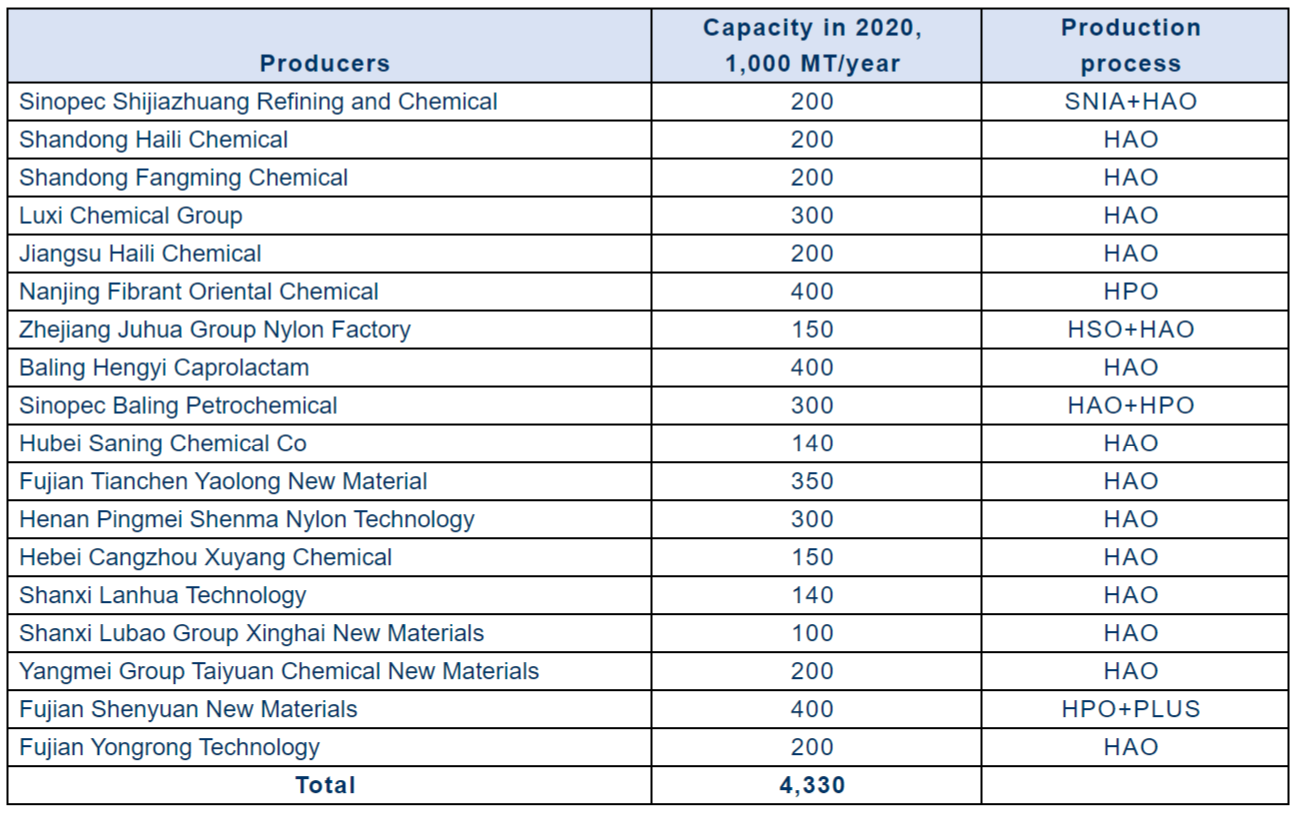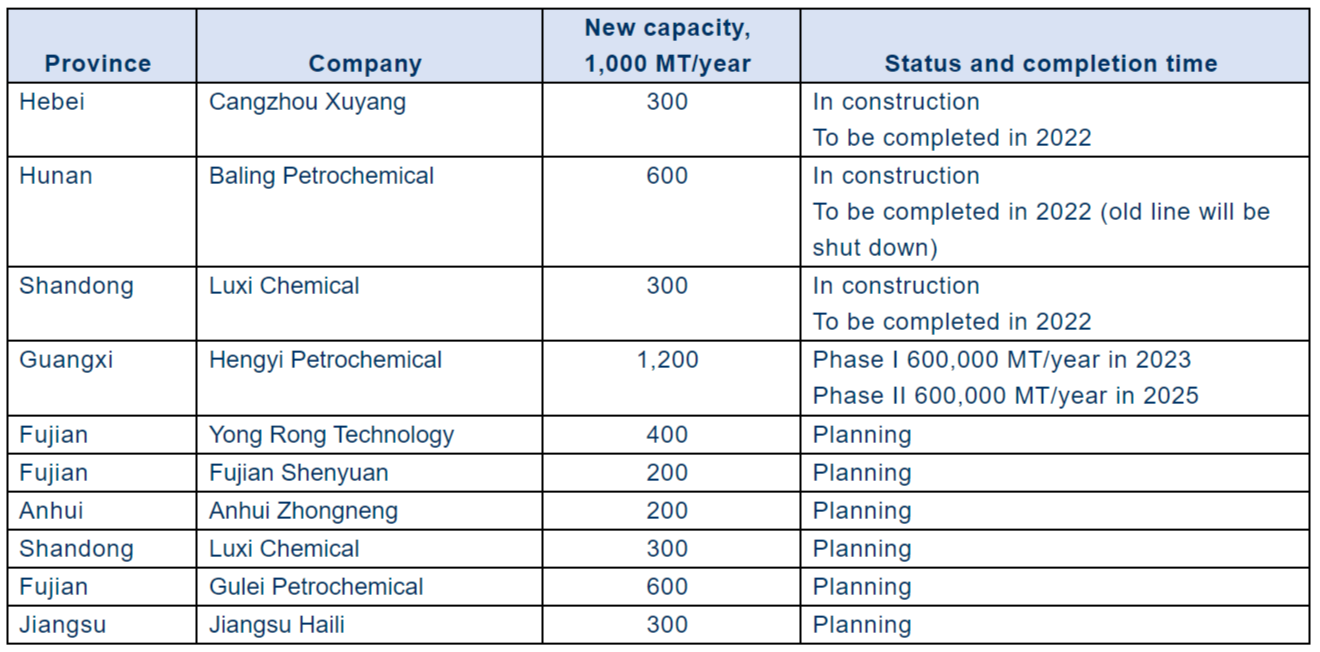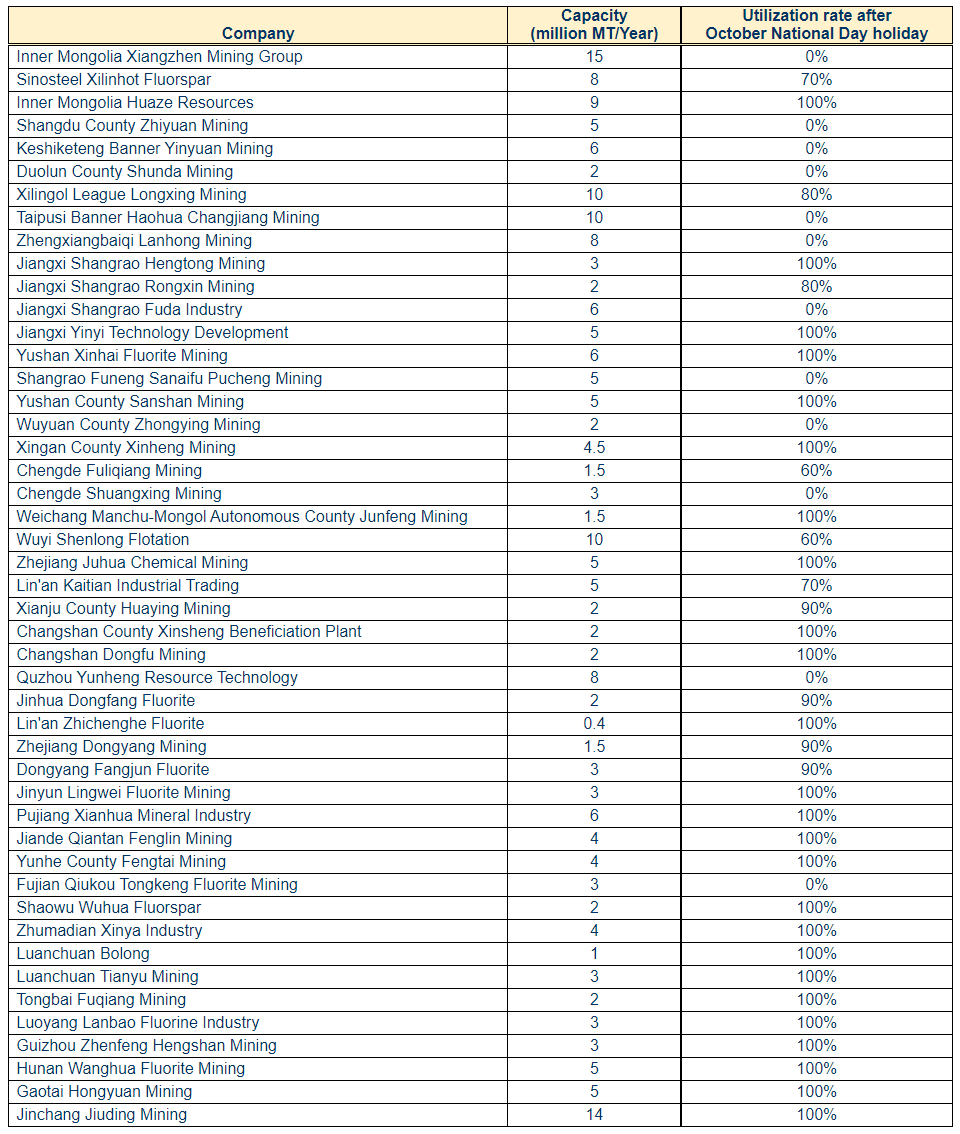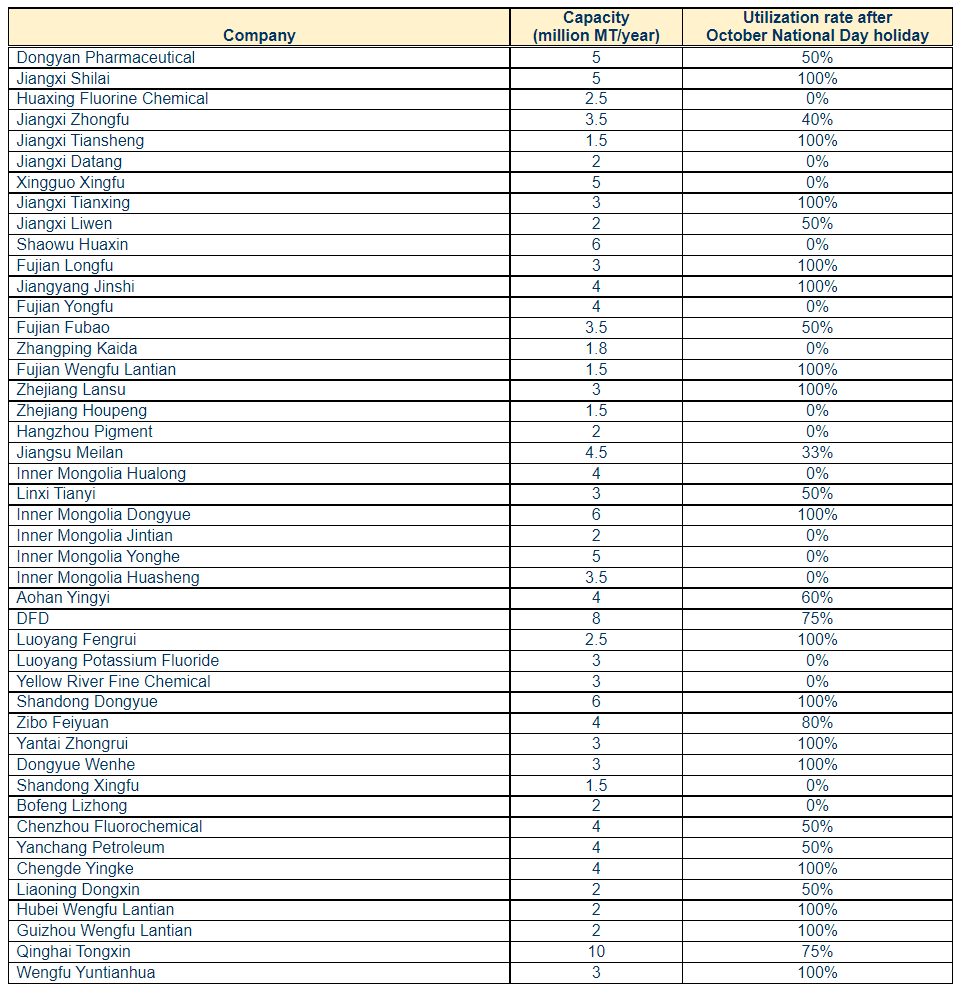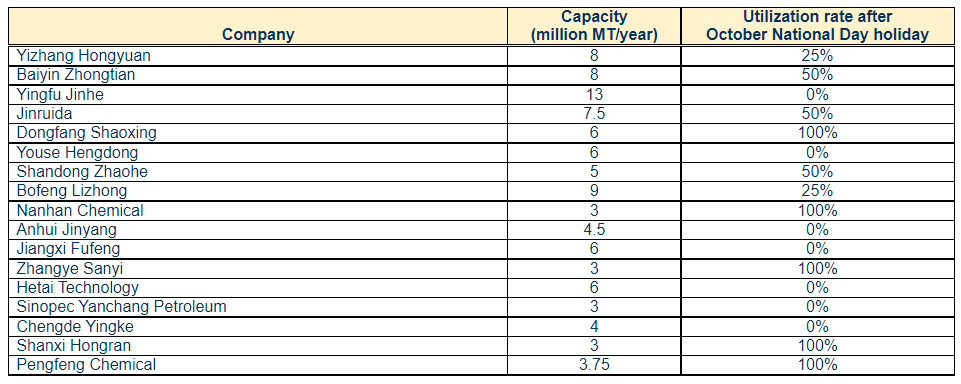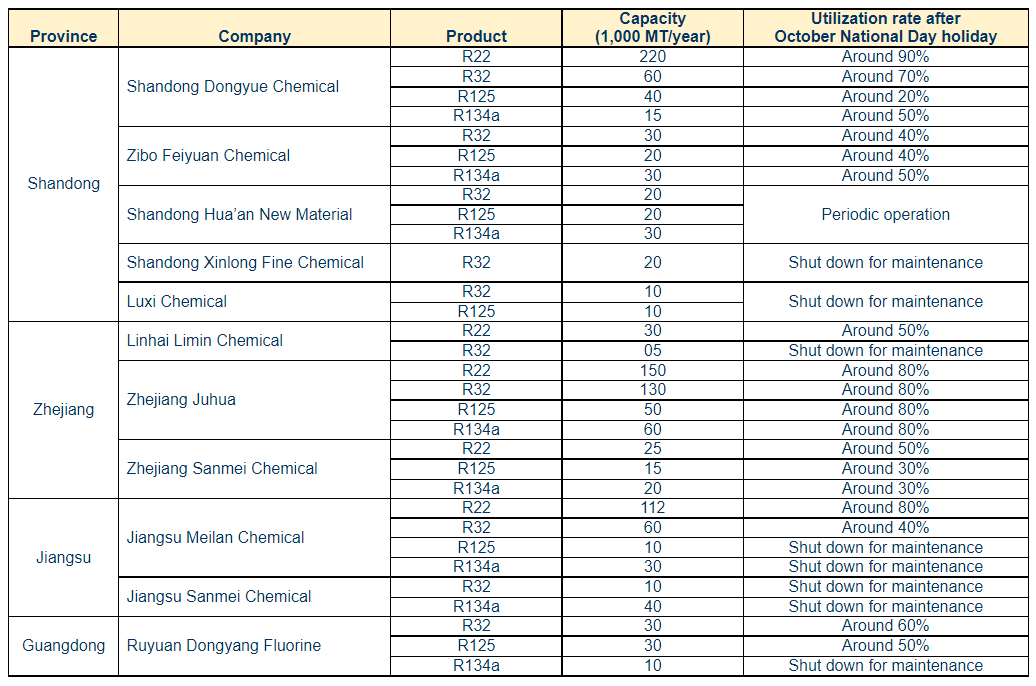In early October, Ministry of Commerce, the National Bureau of Statistics and the State Administration of Foreign Exchange jointly released the “Statistical Bulletin on China’s Outbound Direct Investment (ODI) in 2020” (hereinafter referred to as “the Bulletin”), which announced that China’s outbound investment had jumped to the first place in the world for the first time.
According to the Bulletin, in 2020, the world’s economy suffered the first negative growth since 2009 by decreasing 3.3% due to the severe impact caused by the COVID-19. The global goods trade decreased by 5.3%, and the outbound direct investment decreased by nearly 40% compared to that of the previous year. China, the only country achieved the positive economic growth, had a ODI flow of $153.71 billion in 2020, increasing at a CAGR of 12.3%, accounting for 20.2% of the global share, ranking the first in the world for the very first time.
In the same period, the scale of global outbound investment shrank significantly. UNCTAD’s World Investment Report shows that the global ODI flow totaled USD 740 billion in 2020, shrinking by nearly 40% than a year earlier. In 2020, China’s ODI accounted for 20.2% and 6.6% of the global flow and stock of the year, respectively, becoming the top 1 and 3 in the global ranking, respectively.
Luxembourg, Japan, Hong Kong and the United States ranked second to fifth by global outbound investment. Among them, the outbound investment by US totaled $92.8 billion in 2020, showing dramatic fluctuations and dropping to the fifth place. Traditional ODI countries (i.e. Japan, UK, Netherlands and Germany) also drew back their ODI efforts in 2020.
In 2020, China’s ODI covered 18 industrial categories, among which, the investments on leasing and business services, manufacturing, wholesale, retail, and finance exceeded $10 billion. The leasing and business services ranked at the first place, and the manufacturing ranked at the second.
The net ODI investment flowing to the manufacturing industry totaled US$25.84 billion at a CAGR of 27.7%, accounting for 16.8% of total ODI. The key segments are automobile, pharmaceutical, computer/communications and other electronic equipment, special equipment, non-ferrous metal smelting and rolling processing, rubber and plastic products, chemical materials and chemical products, general equipment, electrical machinery and equipment, textiles, paper and paper products, non-metallic mineral products, food, ferrous metal smelting and rolling processing, textile and garment/apparel, etc. Among them, the investment on chemical raw materials and chemical products was $1.36 billion, accounting for 5.3% of the total investment in the manufacturing industry.
By the end of 2020, the number of China’s foreign direct investors (hereinafter referred to as domestic investors) reached 28,000. Among the domestic investors, there are 181 central government enterprises, accounting for only 0.6%. Local province-level and municipal-level investors account for 99.4%. The top 10 provinces by number of domestic investors are: Guangdong, Zhejiang, Shanghai, Jiangsu, Beijing, Shandong, Fujian, Liaoning, Tianjin and Sichuan, accounting for 81.4% of the total number of domestic investors. Guangdong is the province with largest number of domestic investors at more than 6,800, accounting for 24.5%, followed by Zhejiang with the number of investors of more than 3,200, accounting for 11.5%. Shanghai ranked third with more than 3,000 investors, accounting for 11%.
China’s outbound investment has been maintaining the rapid growth for the last 20 years. In 2002, the investment was only $2.7 billion. After breaking $10 billion for the first time in 2005 at $12.26 billion, China’s outbound investment surged all the way to $100 billion in 2013, reaching $107.84 billion. In 2016, China’s outbound investment reached a historical peak of $196.15 billion. After that, China issued the policies to regulate and optimize the structure of overseas investment, and China’s ODI gradually declined. In recent years, it has been maintained at around $150 billion.
During this period, China’s outbound investment in the global market ranked from 26th in 2002 to 5th in 2009, remaining at the world’s No. 2 for four of the five years until 2020. In 2020, China ranked as the top one for the first time instead of the USA.
Chinese outbound investment can grow against the trend in 2020, except for the investment flow to Oceania (mainly Australia), which decreased by 30%, the investment to other regions has all showed considerable growth.
- The investment flow to Asia was $112.34 billion, increasing at a CAGR of 1.4%.
- The investment flow to South America was $16.66 billion, increasing at a CAGR of 160.7%.
- The Investment flow to Europe was $12.69 billion, increasing at a CAGR of 20.6%.
- The investment flow to North America was $6.34 billion, increasing at a CAGR of 45.1%.
- The Investment flow to Africa was $4.23 billion, increasing at a CAGR of 56.1%.
- The investment flow to Oceania was $1.45 billion, decreasing at a CAGR of 30.3%.
The Chinese direct investment in the United States significantly increased by 58%, reaching $6.02 billion in 2020. However, the investments in Canada and Australia sharply declined. (The investment in Canada declined by 55.3% and the investment in Australia declined by 42.6 %)。
By the end of 2020, about 28,000 Chinese investors had set up a total of 45,000 OFDI enterprises in 189 countries (regions) around the world, with the total assets of US$7.9 trillion and the net OFDI of $258.06 billion.
Source: Ministry of Commerce


